Metropolia’s student Janike Heimonen wrote us a blog post of the project she participated in Berlin.
Service Design Project
I got selected to participate on the Sustainability Week Program 2, Service Design Project organized by Berlin School of Economics and Law. During the program we worked as a team and our team was given a task to design a new shopping experience for students to increase attractiveness of BSRs second hand shop NochMall. The research process took place in seven phases and focused on solving the problem of low brand awareness and targeting the students living in Berlin.
The seven phases of the project
In the first phase, our group researched and analyzed what are BSR and NochMall, by going through available documents and webpages.
Second research phase consisted of us visiting the NochMall and exploring how the in-store experience, premises, product offering, and understanding the concept behind NochMall (Figure 1).
Third phase of the process was to analyze a study on second hand shopping from 2020 with 6000 participants. The study highlighted how more and more consumers buy second hand. The study also showed that almost half of the surveyed people look for the second hand purchases from the flea markets. Sustainability was one of the main motivations for a second-hand shopping and majority of the respondents emphasized buying second-hand clothing due to the environmental and the pricing reasons.
In the Fourth phase, we brainstormed and worked on the questions for the interviews for the key stakeholders of NochMall, such as: Marketing Manager, Operations Manager, Lead, customers, and employees. Once the questions were defined the interviews took place via phone, Teams and by interviewing the employees and customers in the store. The interview findings are emphasized in the Figure 2. What stood out was that NochMall should raise its awareness towards students and people in general and that the company is open for all sort of ideas (not limited to only one development idea).
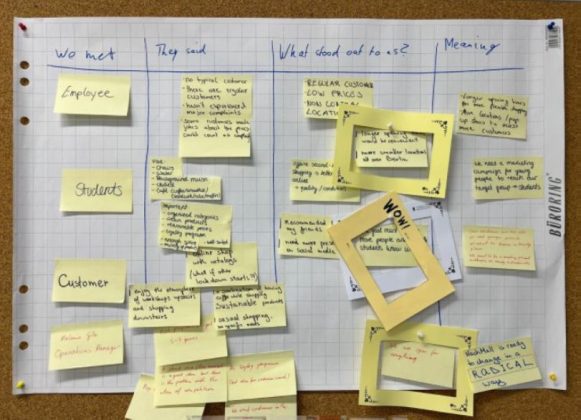
Figure 2. Learnings and results of the interviews (BSR 2 Group, 2021).
The fifth phase consisted on co-creating the personas based on the interviews and choosing two ideal “Personas”. Persona is an individual or composite-representation which helps to flesh out the user to whom the design is for. In our case we chose “Operations Manager Melanie Gille” and a customer “22 years old Jonas”. The Personas are described more in details in Figure 3.
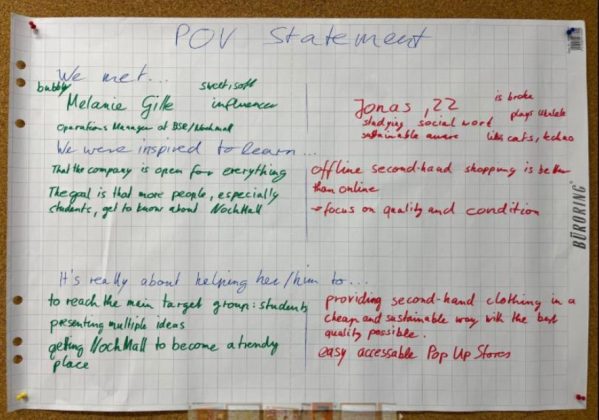
Figure 3. Personas for NochMall (BSR Group 2, 2021).
In the Sixth phase, we brainstormed and workshopped with all of our ideas, and then we ranked them as a group in order to find the elements to focus on. This was probably most difficult part as we had to find the consensus and agree on which items to focus on. The result was reached by voting and democracy. The selected focus areas were influencer marketing, Poetry Slam (Events), flea Markets and co-operation with the University by marketing in the campus (donation box concept-idea).
Once we had selected the focus areas, we further developed those by taking into consideration the personas and the given problem regarding how to raise awareness within the students. We also tested the ideas for the other students, gained some valuable feedback, built on it and designed a prototype to demonstrate the University coop and donation box idea to increase the awareness within the students. (Figure 4).
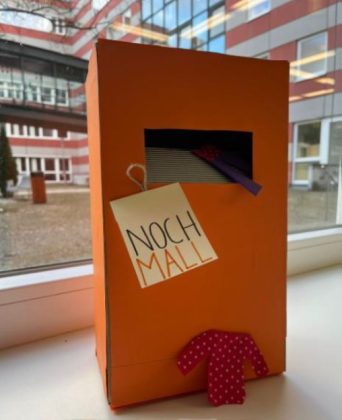
Figure 4. Prototype of the NochMall Donation Box for the Campus. (BSG Group 2, 2021).
And for the final part, our team presented our ideas for NochMall’s Lead and Operations Manager. After the presentations we had the opportunity to talk with both of them and further demonstrate our ideas, answer to their questions and receive their feedback.
The methodology behind the study
In the the study we used Service Design Methods. Service Design Network (2021) defines service design as an activity of planning and organizing people, infrastructure, communication, and material components of service to improve quality and interaction between service provider and customers. (Service Design Network, 2021).
“The purpose of service design methodologies is to design according to the needs of customers or participants, so that the service is user-friendly, competitive and relevant to the customers.” (Service Design Network).
HYVE’s Service design process
HYVE (2021) emphasizes how service design is about designing the ecosystem that deliver meaningful experience to the user across physical and digital touchpoints. They highlight how the approach should be integrative and human, and collaborative and agile to reach the maximum impact during the development process. It is also recommended on getting deep insights on customer experience, to identify innovation opportunities beyond traditional product offering, and to create holistic experiences across physical and digital touchpoints. The aim being the shift from product-oriented to service-oriented business model. They also describe the service design process starting from discover phase, following define, create & test, design and deliver phases (Figure 5). (HYVE, 2021.)

Figure 5. Service Design Process (HYVE, 2021.)
The double diamond design process
Design Council (2021) introduces the double diamond design process, which covers the same areas as described in the HYVE’s service design process: discover, define, develop, and deliver (Figure 6). The double diamond design process describes the four phases as follows:
- The discover phase emphasizes the start of the project which is a period of discovery, inspiration and insights gathering to identify user needs and developing initial ideas.
- The definition phase focuses on making sense of all the possibilities identified in the discover-phase. The goal of the second phase is to develop a brief that emphasize the fundamental design challenge to the organization.
- The development-phase builds up of the following elements: brainstorming, prototyping, multi-disciplinary working, visual management, development methods and testing.
- The fourth is a deliver phase which focus on final testing, approval, launch, targets, evaluation, and feedback. (Design Council, 2021.)
Design Council provides tools for each phase, such as user journey mapping, user diaries, service safari and user shadowing for discover phase; persona, brainstorming and design brief for define phase; service blueprinting, experience prototyping and business model canvas for develop phase; and scenarios for deliver phase.

Figure 6. Double-diamond design process. (Design Council, 2021).
Service design is used to analyze customer’s rising expectations. When improving current services and user experience, the development needs can be identified by using the Double Diamond Develop and focusing on Define parts. Personas and Service Blueprints ensure that the updated version of the product will serve the customers well and deliver added value.
The solutions used in our project
As a solution for the problem of raising the awareness especially within the Berlin area students, the selected four elements were presented to NochMall:
- Influencer Marketing: Instagram accounts of Helen Fares and Rosa Kocht Grun could be used to increase overall brand awareness, build credibility, SEO and ROI, drive purchase decisions and increase sales
- Hosting Events: Poetry Slam to attract more similar minded people with similar values to NochMall
- Flea Markets: Join Flea Market or Host Flea Market in order to sell more products and gaining the attention for the BSR NochMall
- New Donation Box design
The case company was satisfied with the ideas and have promised to inform the further ideas and actions. It will remain to be seen whether the case company will implement some of these elements or not.
The experience
Overall, the studying trip to Berlin was a great opportunity and I feel thankful for being able to be part of it. I also got to meet fellow students and the studying coordinator for the very first time after more than 1,5 years of studying, as we are the “COVID19 year” students, and have been completing all the studies online due to the pandemic. It was great to meet, discuss, brainstorm, and exchange ideas, to work and laugh together live. I warmly recommend each and everyone of you to explore these kinds of opportunities and take those if offered. It is definitely worth it and I can promise that you will not regret. For the last part i included a picture of the group below.
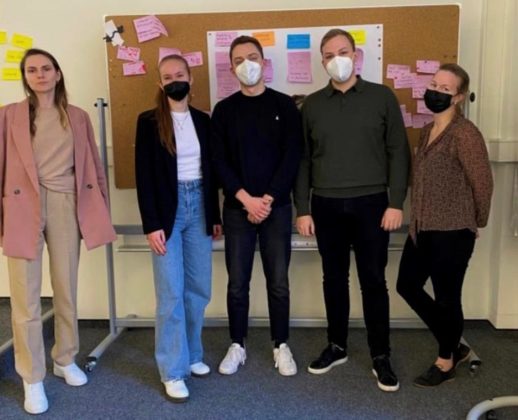
Figure 7. BSR 2 Group (2021).
References:
BSR Webpage and materials. Retrieved 25/11/2021. Design Council (2015).
Design Methods for Developing Services. (e-publication). Retrieved 25/11/2021. https://www.designcouncil.org.uk/resources/guide/design-methods-developing-services
HubSpot, (2021). Personas. (Website). Retrieved 25/11/2021. https://www.hubspot.com/make-my-persona
Madplum Creative (2021). Enhancing Customer Experience Through Intentional Design. (Blog). Retrieved 25/11/2021. https://madplumcreative.com/enhancing-the-customer-experience-through-intentional-design/
Service Design Academy (2021): Service Blueprinting. (Online video). 22.05.2018. Retrieved 25/11/2021. https://www.youtube.com/watch?v=xSCXHU2bK2U
Service Design Tools (2021). (Webpage). Retrieved 25/11/2021. https://servicedesigntools.org/tools


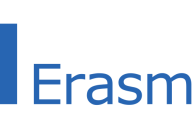
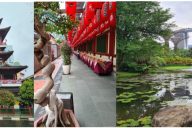
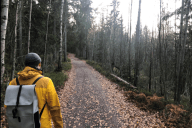



No comments